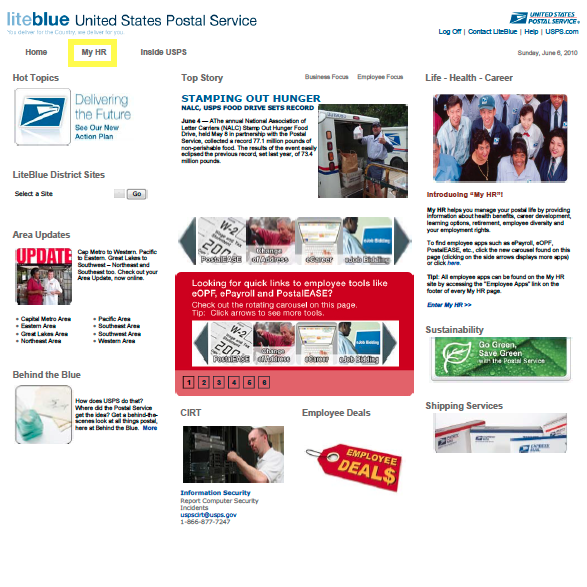 Cost-of-living adjustments (COLAs) are used in many areas of business and government to adjust payments of various types to reflect inflation. These adjustments are meant to help maintain the level of purchasing power of the payments, as prices rise over time.
Cost-of-living adjustments (COLAs) are used in many areas of business and government to adjust payments of various types to reflect inflation. These adjustments are meant to help maintain the level of purchasing power of the payments, as prices rise over time.
COLA adjustments are made to retirement payments made to beneficiaries of the Federal Employees Retirement System (FERS), the Civil Service Retirement System (CSRS), Social Security and other government and private benefit payments.
A COLA increases a person’s Social Security retirement benefit by approximately the product of the COLA and the benefit amount (i.e., the COLA times the current benefit amount).
COLAs for Social Security Payments
Since 1975, Social Security’s general benefit increases have been based on increases in the annual cost of living as measured by the Consumer Price Index (CPI), an index of prices of consumer goods and services compiled and published monthly by the US Bureau of Labor Statistics (BLS).
COLAs are calculated as a 12-month increase in the Consumer Price Index for Urban Wage Earners and Clerical Workers (CPI-W). Since 1983, COLAs for the coming year have been based on increases in the CPI-W from the third quarter of the prior year to the third quarter of the current year.
COLAs for the Supplemental Security Income (SSI) program are generally the same as those for the Social Security program.
Example of a COLA Calculation
Each Social Security benefit is based on a “primary insurance amount,” or PIA. The PIA in turn is directly related to the primary beneficiary’s earnings through a benefit formula. It is the Primary Insurance Amount that is increased by the COLA. After the PIA is multiplied by the COLA, the benefit is adjusted to the next lower dime.
Here’s an example of a COLA calculation:
If the initial PIA is $1,275.50, and it is increased by a 1.75% COLA, the new benefit calculation would be $1,275.50 X 1.017 = $1,297.18. Reducing this to the next lower dime results in the new benefit of $1,297.10.
Early or Delayed Retirement Affects Your Benefit Amount
If you choose to retire before your normal retirement age, your benefit will be lower than your Primary Insurance Amount (PIA). On the other hand, if you choose to retire after you attain your normal retirement age, your benefit will be higher than your PIA.
Here’s how the determination of early or delayed retirement benefits works:
- A factor is applied to the PIA to account for early or delayed retirement, with the result adjusted to the next lower dime.
- Any offset to the benefit, such as the payment of the Medicare Supplementary Medical Insurance (SMI) premium, is subtracted from that amount.
- The resulting amount is reduced to the next lower dollar, which becomes the new PIA for the particular individual retiree. Then the COLA is applied to this amount.
COLAs for Career Status Bonus (CSB) Recipients
Retirees who received a Career Status Bonus (CSB) receive a reduced COLA because they accepted a career retention bonus of $30,000 when they reached 15 years of service and agreed to reduced retirement compensation and COLAs as a trade-off for the bonus.
Cost of Living Adjustments







